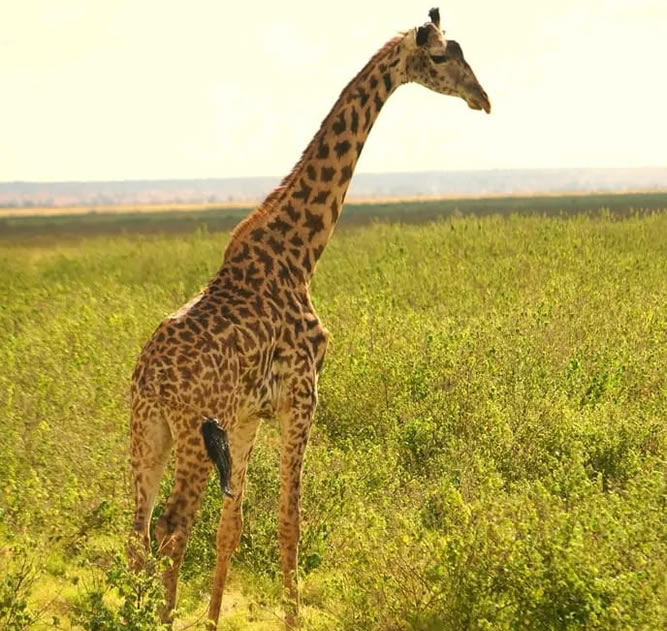
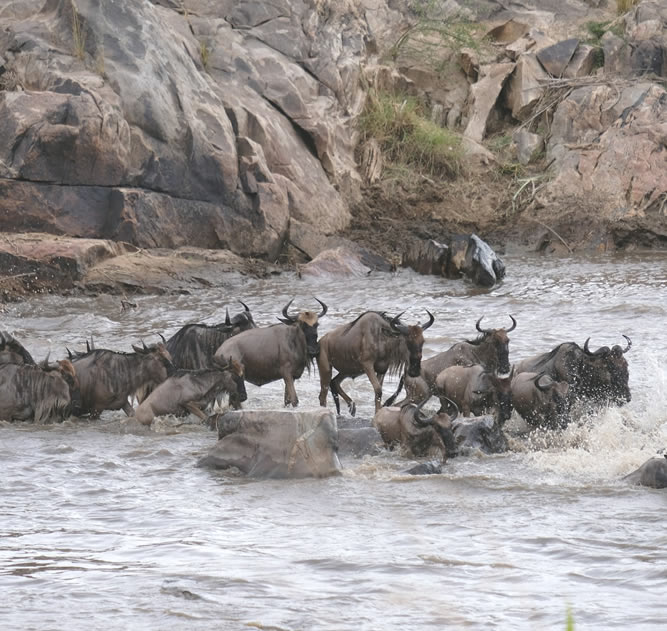
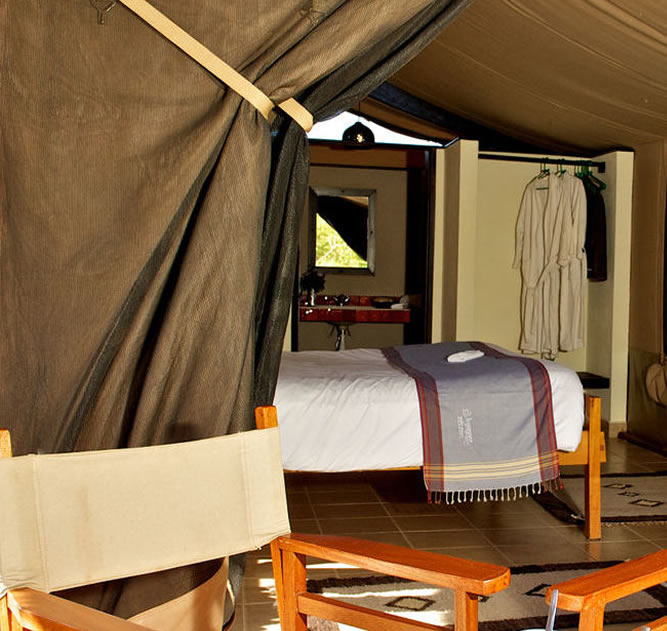
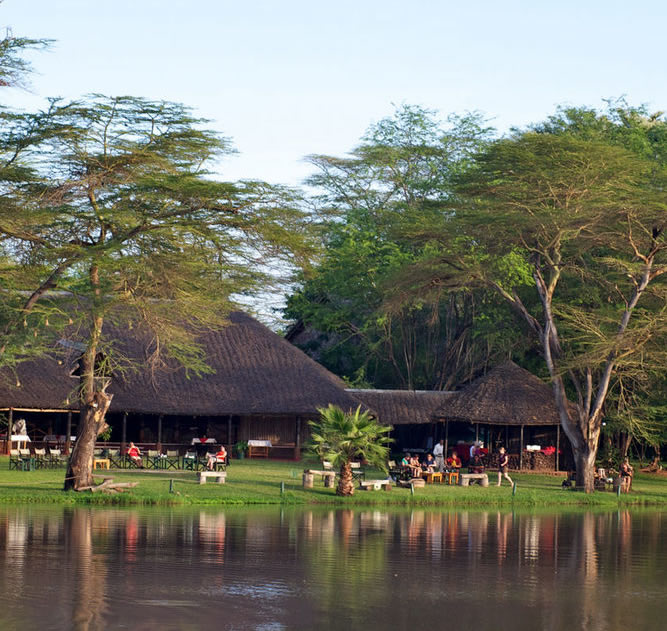
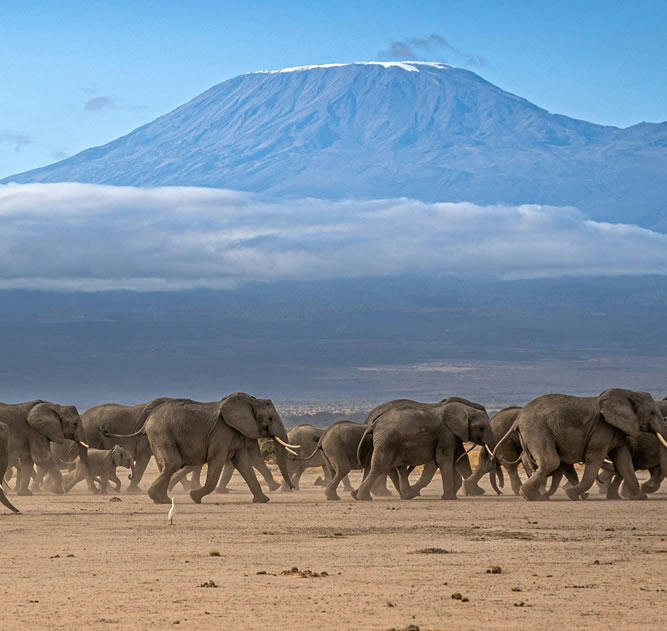
| Days | 8 Days 7 Nights |
|---|---|
| Highlights | Sightseeing Tours, Adventure Tours, Safari Tours |
| Transport | Jeep afari |
A 10-day safari tour can be a fantastic adventure, offering a blend of wildlife encounters, scenic landscapes, and cultural experiences. Here’s a sample itinerary for a 10-day African safari tour that covers some of the best destinations:
As your safari begins, you’re welcomed by the fresh morning air, the sounds of birds and distant wildlife, and the sight of a vast African landscape stretching before you.
From Nairobi we drive through the Kenya highlands rich in farming arrive in Karatina Market then further to the village of the Kikuyu Tribe where we visit the Kiria Project after a warm welcome by our hosts, get some briefing then start with a short guided walk, participate in tree planting together with the locals here and thereafter have a traditional lunch served in the project. The Project is part of the Green Belt Movement which focuses on environmental protection and the development of social communities. When meeting with the villagers we get to know about reforestation and food protection projects on-site. After a common lunch, we continue through the area of the Kikuyu and fascinating landscapes to Mount Kenya arriving at Rhino watch lodge in time for dinner.
Today we drive further to the Northern parks of Kenya and visit Samburu National reserve, we will arrive in time for lunch at Ashnil Samburu camp, after a short rest we will get to the park and make afternoon game drives, the park has very unique animal species which cannot be found in any other park in Kenya so we will have the opportunity to see these animals, as the sun is going down we will get back to the lodge for dinner and overnight.
The full day will be spent in this famous park for its wildlife diversity and specification. Samburu National reserve has unique animal species which are endemic to areas which are at the Northern part of the Equator, these animals are Gravy’s zebra, Reticulated Giraffe, Beisa Oryx and Gerenuk, you are also guaranteed to see cheetahs, lions, leopards, impalas, buffalo, hippos, dik-diks among other animals. Bird life here is abudant with some birds which are also endemic there like the Somali Ostrich, yellow throated sandgrouse among other birds.
Picnic lunch will served at a site and continue with extensive game drives to even Buffalo springs resereve, visit Ewaso nyiro river and see hippos and crocodiles. Come back in the evening for dinner and overnight at our Lodge.
In the morning we will have another highlight of the tour, the Lake Nakuru National Park. Here, we visit Lake Nakuru one of the most well-known lakes of the Rift Valley famous for its flamingos, this lake is one of the natural wonders of the world. At times, there are up to 2 million flamingos at the lake, which forms a beautiful pink ribbon around the lake shores. Check in at Lake Nakuru Lodge for our delicious lunch after which we will have some short time to rest, in the late afternoon, we will have evening game drives where we will have a good chance of seeing rhinos and leopards. As the sun is going down we come back to our lodge for dinner and overnight. From our lodge, we have a magnificent view over the lake.
After an early safari and breakfast, we drive to the Masai Mara National Reserve considered as one of the largest and most beautiful protected areas of Kenya and reveal the originality of Africa. Arrive and check in at Mara Sopa Lodge time for lunch , After lunch we will have some time to relax before we embark on the first game drive through the savannah landscape of the Masai Mara Game Reserve, with a good chance to track down the Big Five (elephant, buffalo, lion, rhino, leopard).
After breakfast, we will do full day game drives in the Masai Mara National Reserve. This park is famous for its savannah landscapes and its wildlife concentration per square km. The prospects are good to observe all those fascinating animals that can usually only be seen in numerous nature documentaries. We will have a picnic at a site in the Mara River, bordering the Serengeti. The river is part of the Masai Mara-Serengeti ecosystem, which is particularly known for the largest wildlife migration on earth in the world. Every year, Wildebeests, zebras and antelopes form huge animal trains cross the brown, foaming river full of crocodiles.
Today we proceed to Lake Naivasha, arrive at Lake Naivasha Sopa lodge where we have lunch. Afterwards, we continue our journey to the smallest National Park of Kenya: Hell’s Gate N.P. Situated between Naivasha Lake and the volcanoes Longonot and Suswa, it is a breathtaking volcanic landscape. Different wild animals and bird species are resident here and experienced rangers accompany us on foot through gorges, along cliffs and hot springs to places from which we may observe giraffes, zebras, buffalos and antelopes (walking time approx. 3 hours). In the evening, we enjoy the sundown at Naivasha Lake and watch the animals from the lodge.
After breakfast, we will drive and exit to Nairobi City, visit the Girraffe Centre where we will have a chance to feed the Giraffes, get history about giraffes from the guide at the giraffe centre which will include a walk in the nature park, visit the Karen Blixen Restaurant where we will have our lunch, depending on the flight time, you will be dropped at Jomo Kenyatta international Airport for your onward flight back or to the next destination.
PRICE INCLUDES
All park entrance fees
All game drives and transfers in a good customary minibus or Land cruiser on safari
Unlimited game drives up to 6pm (sundown)
Breakfast (B) / lunch (L) / dinner (D) as indicated
Accommodation in a double room in mentioned accommodations or similar
Local English speaking driver guide.
Enough bottled water each day
Detailed travel information.
PRICE DO NOT INCLUDE
International flight.
Visa for Kenya (about USD 50)
Beverages
Tips
June to October and January and February
June to October and December to March
April and May
June to October
March, April and May (Peak of the Wet season)
GROUP OR PRIVATE, 4×4 JEEP SAFARI Kwetu Safari Safari Tour features Days 8 Days 7 Nights Highlights Sightseeing Tours, Adventure Tours, Safari Tours…
GROUP OR PRIVATE, 4×4 JEEP SAFARI WILD CHEKERS SAFARI Tour features Days 9 Days 8 Nights Highlights Sightseeing Tours, Adventure Tours, Safari Tours…
GROUP OR PRIVATE, 4×4 JEEP SAFARI True African wilderness safari Tour features Days 9 Days 8 Nights Highlights Sightseeing Tours, Adventure Tours, Safari…
Trustindex verifies that the original source of the review is Google. Trustindex verifies that the original source of the review is Google. Trustindex verifies that the original source of the review is Google. Trustindex verifies that the original source of the review is Google. Trustindex verifies that the original source of the review is Google. Trustindex verifies that the original source of the review is Google. Trustindex verifies that the original source of the review is Google. Trustindex verifies that the original source of the review is Google. Trustindex verifies that the original source of the review is Google. Trustindex verifies that the original source of the review is Google.
Best Memory Safaris operates on excursions and safaris in East Africa. we also offer tailor made tour programs which specially fit your travel plan, including Mountain trekking,walking safaris and Social project visits. Our Kenyan office is located on the South Coast of Mombasa at Diani Beach and managed by a Team of seasoned professionals. We pride over 15 years experience and international class exposure in safari business.
No WhatsApp Number Found!
WhatsApp us